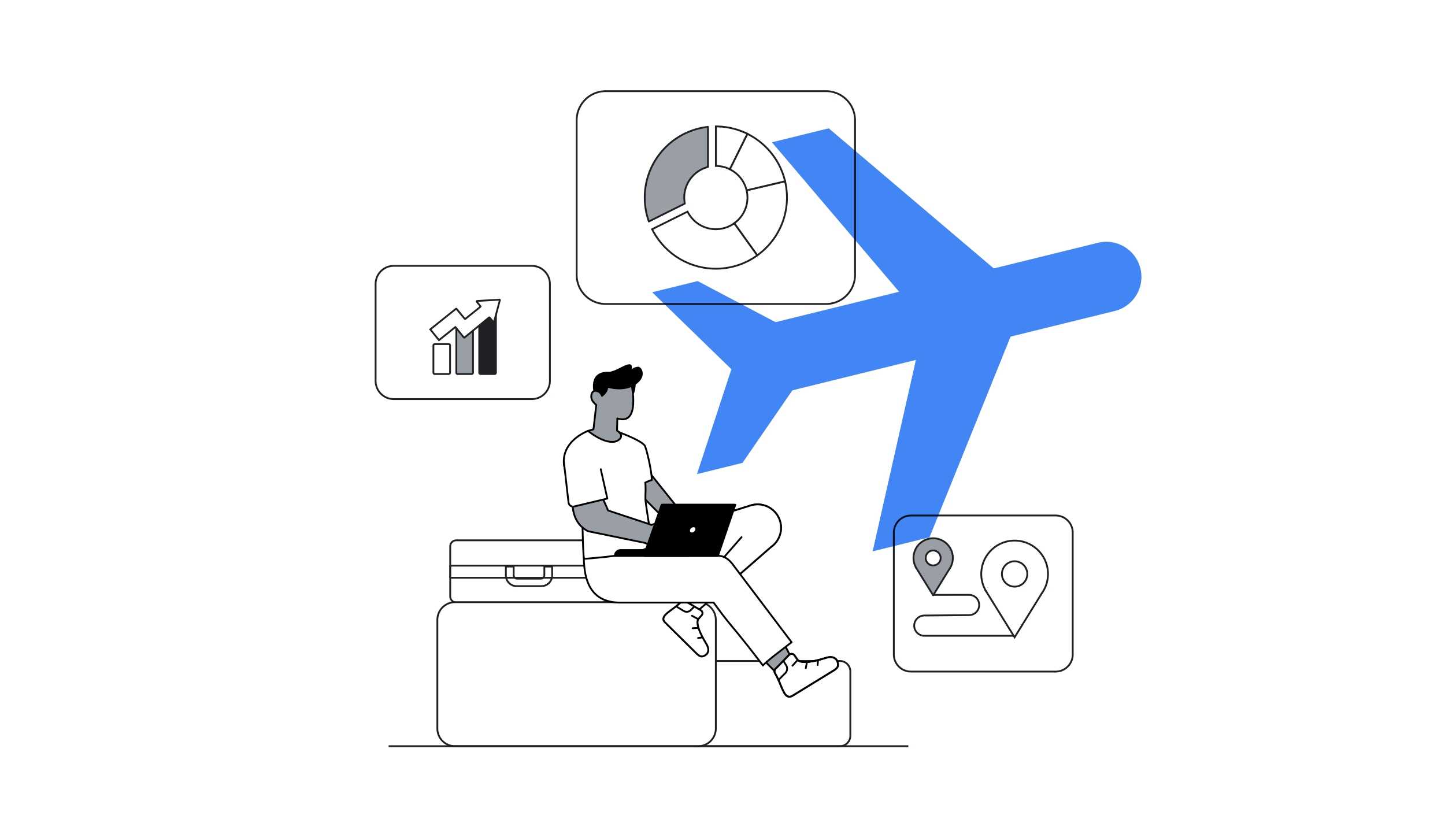Claire Kelly, head of creative partnerships at Google’s U.S. Creative Works, shares results from creative experiments demonstrating the potential of AI-powered video to deliver and scale important stories highlighting brand values.
Urgency is mounting on brands to make their sustainability commitments known. Across regions, 78% of people say that big businesses have a role to play in helping to fight climate change. But according to the Harvard Business Review, just over a quarter of people who say they want to buy “purpose-driven brands that advocate sustainability” actually do. That gives marketers even more reason to tell brands’ sustainability stories in effective, memorable ways.
With that in mind, we invited Bayer, Unilever, Uber, and Sephora to craft multiformat, made-for-YouTube video campaigns that put those sustainability stories front and centre. All of the teams behind the work followed Ad Net Zero carbon-reduction principles for advertising production.
Once launched, we measured results with Google Brand Lift, a tool that monitors perception following exposure to advertising on YouTube. Every campaign saw brand lift through ad recall, favourability, and/or awareness — and each brand independently drove over 20 million impressions on YouTube. Here’s how the brands approached the work, and how they optimised it for the highest possible relevance to YouTube’s audiences.
1. Embrace creative variety to unlock the advantages of AI
Because viewer journeys across devices and content types are more complex than ever, the four brands used Google AI-powered Video Reach campaigns. This campaign technology thrives when it’s fed a wide variety of creative assets, so that it can optimise media delivery and reach the right user with the right message in the right context.
Bayer’s campaign for antihistamine Claritin, “The DiversiTree Project,” leaned into distinct storytelling styles across a variety of formats: from intimate, direct-to-camera narration for Shorts to cinematic aerial shots and voice-overs for landscape formats. Harnessing a range of formats within a Video Reach campaign enabled the AI technology to tailor delivery to when, where, and how audiences were watching.
— Catherine Vennat, GM and VP, U.S. marketing, upper respiratory, Bayer, The DiversiTree Project
2. Let your objective drive the work
It’s important to know your business or brand objective before you embark on any communications journey. That objective should inform creative decisions as you fine-tune your assets for delivery. In a reach campaign, viewers may spend less than a minute with each ad, so you need the first five to 10 seconds to work hard. By contrast, a consideration campaign allows a little more time to tell the story and generate interest.
The Unilever marketing team behind Dove’s sustainability campaign leaned into the awareness objective as they chose optimisations throughout creative and production processes. Heightened audio effects created a powerful hook within the first five seconds of the ad, building suspense to hold viewers’ attention. While some campaigns rely on a showstopping song to engage viewers, the Dove team opted for a pared-down track to let the sound effects enhance the visual imagery. Viewers who watch to the end will learn about the brand’s partnership with the Rimba Collective in Southeast Asia.
— Nathalia Amadeu, Dove’s senior global brand manager, Unilever, Nature Regeneration Project
3. Connect with audiences through authenticity
As people demand to see more substantial climate commitments from brands, reporting measurable results becomes critical to earning trust. Understanding this, the team behind Uber’s sustainability campaign knew it wasn’t enough to just tell a story about environmental stewardship. The campaign itself had to adhere to Ad Net Zero principles, taking cues from the initiative’s five-point action plan for curbing emissions.
While hoping to feature 55 drivers living and working in nine different countries, the team also wanted to align with Ad Net Zero’s advertising production guidelines. They captured all footage remotely, working with local creative teams. All of the cars used in the ad were electric vehicles; individual lunches took the place of catered services on a set. In addition to landing the powerful message that more than 63,000 drivers on Uber have switched to electric vehicles, the team’s approach behind the scenes gave the message even more authenticity.
— Einav Jacubovich, global creative director, Uber, Don't Stop Till Zero
4. Take your cues from creators
One way to tailor creative to YouTube is to look at how creators interact with their most dedicated fans. Creator content is instructive for brands seeking to boost engagement, from mellow-yet celebrity-driven “conversational content,” like Chicken Shop Date, to authoritative-yet-approachable “professional fan” takes, like those of Mina Le. Creators give mainstream pop culture a singularly personal treatment.
Adapting elements of video culture to your brand in ways that help to integrate it into your audience’s preferred content can drive performance. This is also the case when brands adopt YouTube trends, like ASMR. Those aural, visual, and narrative resonances with adjacent content can make your ad feel more relevant to discerning viewers, who have more options than ever when it comes to choosing what to watch. When combined with AI-powered video solutions, appealing to the aesthetics they enjoy can help your brand make meaningful connections.
Sephora’s “Beauty (Re)Purposed” campaign took inspiration from common creator techniques, such as playing with perspective and breaking the fourth wall to connect in an authentic, approachable way.
— Desta Raines, director of sustainability, Sephora, Sephora Beauty (Re)Purposed
Brands have always harnessed powerful storytelling to deepen its relationship with its audience and to drive results. Now marketers have an opportunity to take that connection and advertising impact to the next level. We’ve only scratched the surface of what’s possible when AI brings a team’s creative vision to a wider, more engaged audience, and we can’t wait to see what marketers and their creative partners will achieve next.






